
NeoBanking EQapital Trust
This system is based on the concept of debits and credits. In this context, debits and credits represent two sides of a transaction. Depending on the type of account impacted by the entry, a debit can increase or decrease the value of the account. The same is true for a credit. If a transaction increases the value of one account, it must.
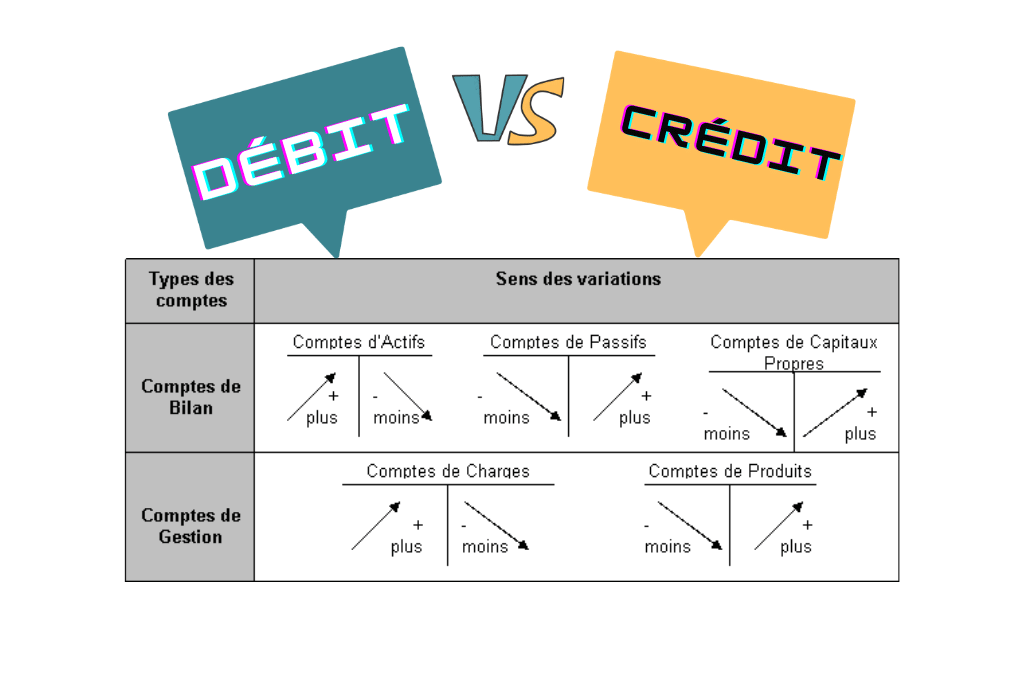
Différence entre débit et crédit en comptabilité • Economie et Gestion
Debit #1000 Cash $15,000 (increase) Credit #9000 Revenue- sales $15,000 (increase) (To record sales to customers paid for in cash) Both cash and revenue are increased, and revenue is increased with a credit. As you process more accounting transactions, you'll become more familiar with this process.

Débit et crédit comprendre leur signification et leur utilité dans la comptabilité d’une
Debits are recorded on the left side of an accounting journal entry. A credit increases the balance of a liability, equity, gain or revenue account and decreases the balance of an asset, loss or expense account. Credits are recorded on the right side of a journal entry. Increase asset, expense and loss accounts.
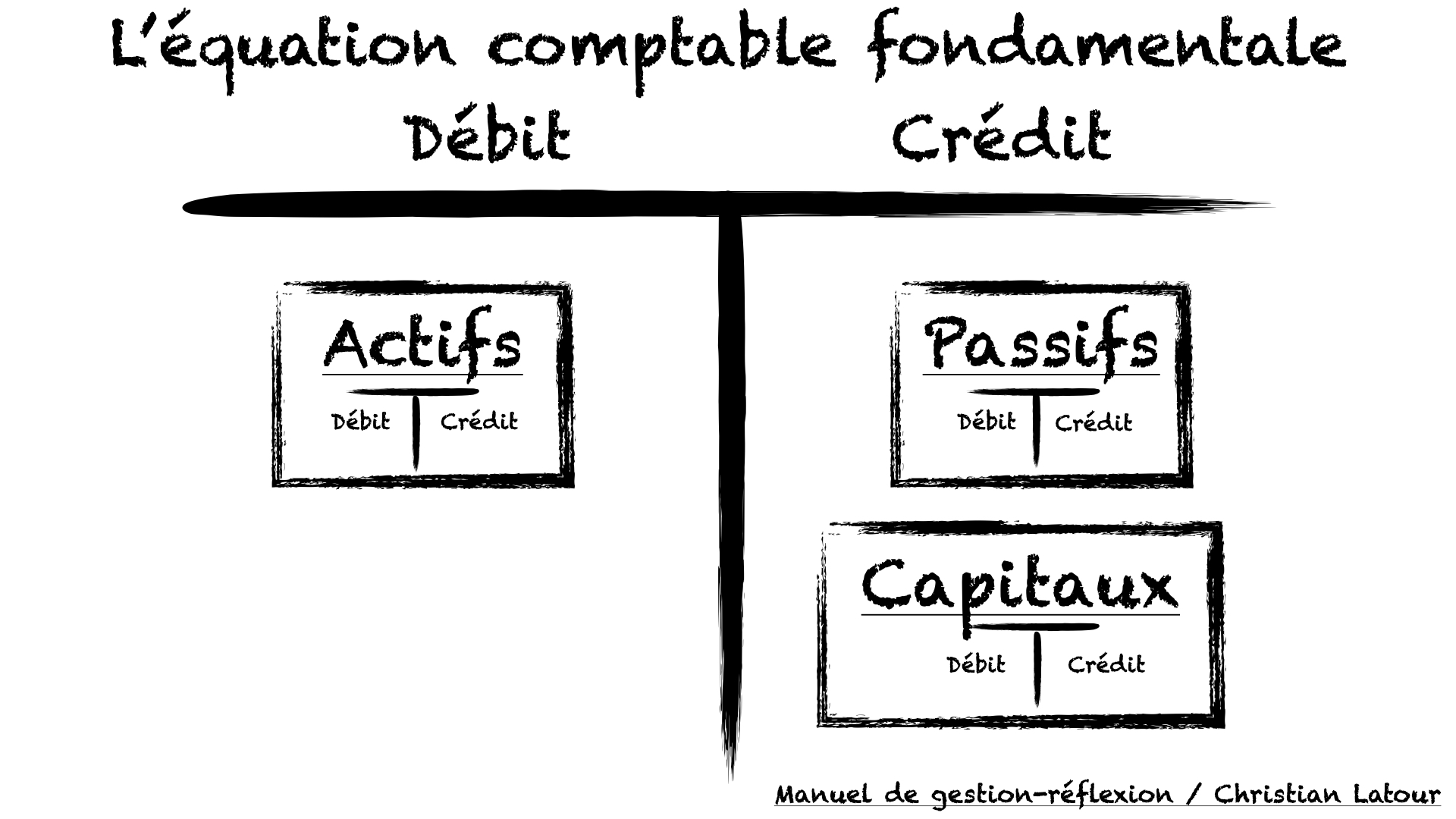
La règle du débit et du crédit HRImag HOTELS, RESTAURANTS et INSTITUTIONS
When you apply for a debit card, credit card or other credit product, we will base the approval on a review of your personal credit report and score. Back; Use of the My Synovus mobile app requires your mobile service provider's data and /or text plan. Message and data rates may apply. Back; The standard insurance amount is $250,000 per depositor.

Debit & Credit 5.5.3 Improved Transactions and Attachments Management Debit & Credit
Key concepts Selected accounts Accounting standards Financial statements Bookkeeping Auditing People and organizations Development Misconduct v t e Debits and credits in double-entry bookkeeping are entries made in account ledgers to record changes in value resulting from business transactions.
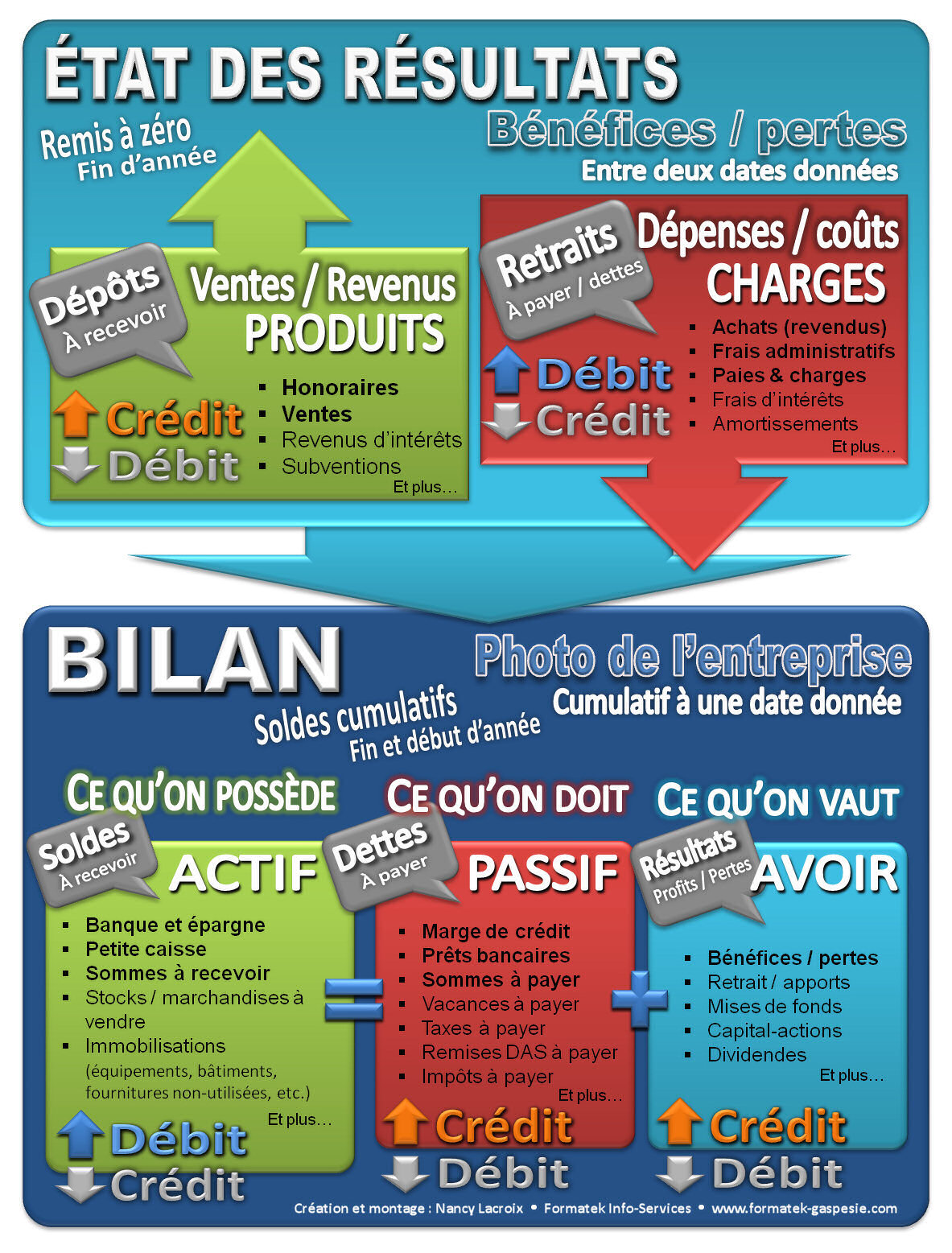
AIDEMÉMOIRE DÉBIT VS CRÉDIT Création et programmation de formulaires Sage 50 Simple
You debit your furniture account, because value is flowing into it (a desk). In double-entry accounting, every debit (inflow) always has a corresponding credit (outflow). So we record them together in one entry. An accountant would say that we are crediting the bank account $600 and debiting the furniture account $600.
M.A AUDITS & ACADEMI Debit vs Credit in Accounting
Equity accounts. A debit decreases the balance and a credit increases the balance. The reason for this seeming reversal of the use of debits and credits is caused by the underlying accounting equation upon which the entire structure of accounting transactions are built, which is: Assets = Liabilities + Equity.

Cara Nak Buat Form Di Microsoft Excel RaegantinGould
As a result, your business posts a $50,000 debit to its cash account, which is an asset account. It also places a $50,000 credit to its bonds payable account, which is a liability account. Plug these numbers into the formula and you get: $50,000 = $50,000 + $0.

DEBIT & CREDIT A LA BANQUE EXPLICATIONS compta banque finance comptapourlesnuls
Débit et crédit en comptabilité : tout comprendre en 3 min Le débit et le crédit en comptabilité sont des notions complémentaires dans les écritures comptables de l'entreprise. Découvrez ce qu'il faut savoir à ce sujet.
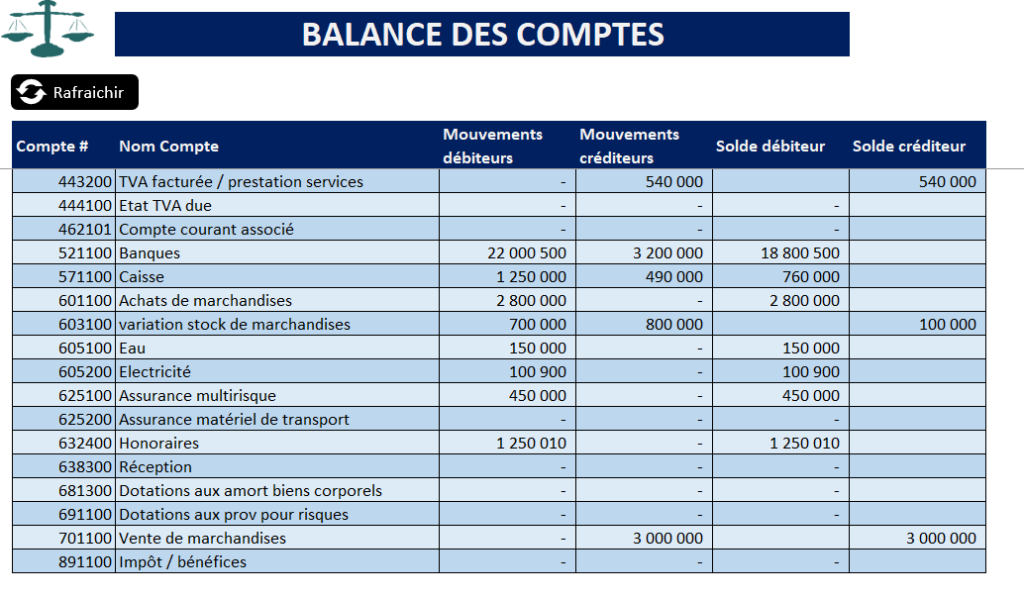
COMMENT TENIR SA COMPTABILITE SUR EXCEL
A debit entry increases the balance on the asset side, while a credit entry reduces the balance. For example, if the company purchases equipment worth $10,000 using a check, it will increase the asset balance by $10,000. Similarly, if the company sells an item in its stock (asset) at $100, it will decrease the asset balance by $100 since it is.

What are the Rules of Debit and Credit? Debit vs Credit
First: Debit what comes in and credit what goes out. Second: Debit all expenses and credit all incomes and gains. Third: Debit the Receiver, Credit the giver. To compress, the debit is 'Dr' and the credit is 'Cr'. So, a ledger account, also known as a T-account, consists of two sides.

NE CONFONDEZ PLUS DEBIT ET CREDIT
Le débit est une notion fondamentale de la comptabilité. Il indique une opération sur un compte et doit être utilisé dans certains cas. Compta-Facile fait le point sur la notion de débit en comptabilité : qu'est-ce qu'un débit ? Comment fonctionne-t-il ? Sommaire masquer Qu'est-ce qu'un débit en comptabilité ?
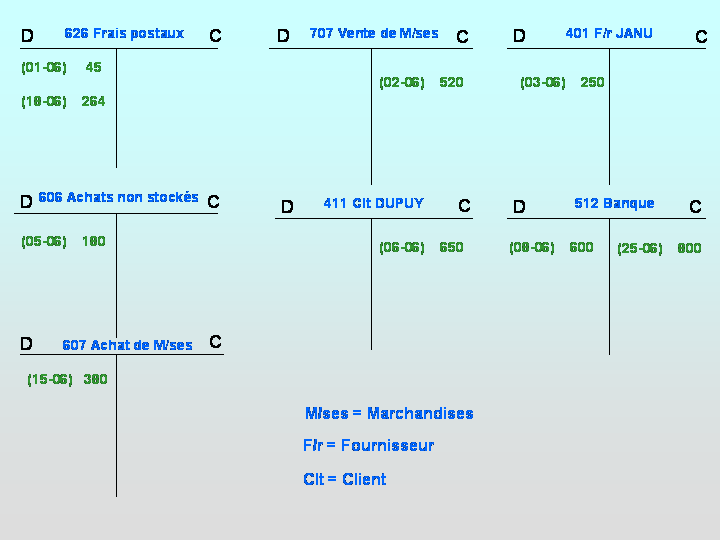
LE MODELE COMPTABLE LES COMPTES
Ces derniers correspondent à des transactions ou des opérations. Sur un compte comptable, le débit correspond au montant qui entre sur celui-ci, tandis que le crédit à celui qui en sort. Le débit se réfère donc à la source du flux, tandis que le crédit indique sa destination.
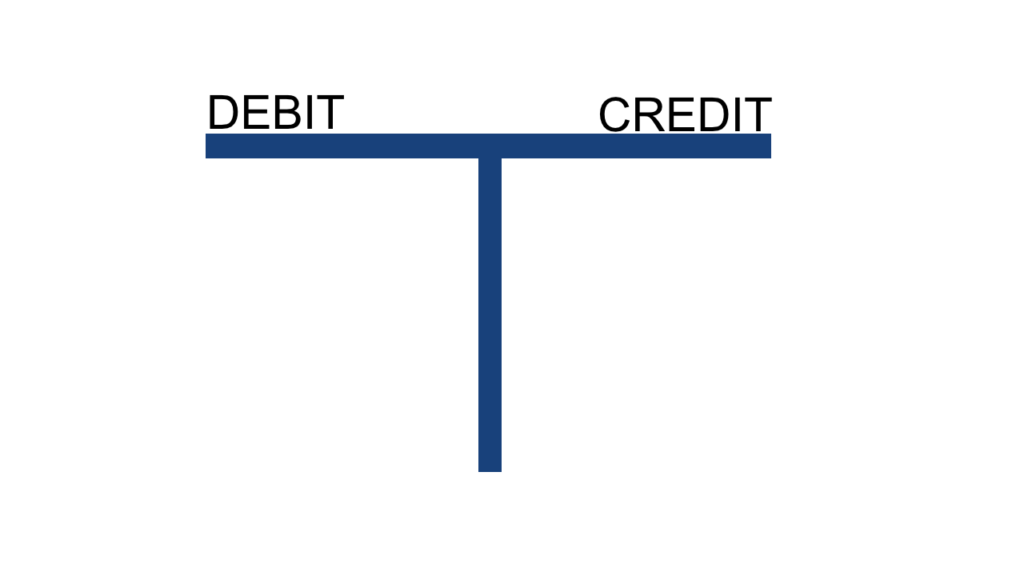
NE CONFONDEZ PLUS DEBIT ET CREDIT
En France, le système comptable exige une comptabilité double. Ainsi, les totaux des débits et des crédits doivent toujours se contrebalancer. Cela signifie que chaque transaction doit être enregistrée deux fois dans les documents comptables : une fois en débit et une fois en crédit. Les comptes comportent donc toujours deux colonnes.
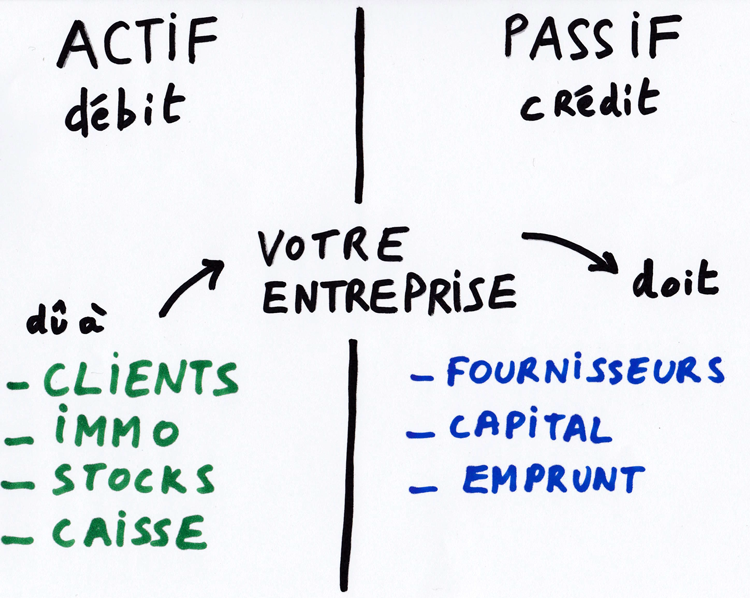
Actif passif et débit crédit en comptabilité ZEFYR
Le débit et le crédit sont ainsi les deux miroirs incassables d'un système matérialisant les échanges économiques. Maîtriser leur reflet est incontournable pour être en mesure de pratiquer la comptabilité et de la comprendre. A défaut, les miroirs risquent fort bien d'être déformants… A découvrir le catalogue de formations e-learning

Café compta Cours de la comptabilité (S1) La partie Double Débit / Crédit Partie 5 YouTube
Debits and credits help maintain balance in financial transactions through the double-entry bookkeeping system. Every transaction involves a debit and a credit, ensuring that the total debits equal the total credits. Recording the impact of each transaction on different accounts, such as assets, liabilities, equity, revenues, debits, and.